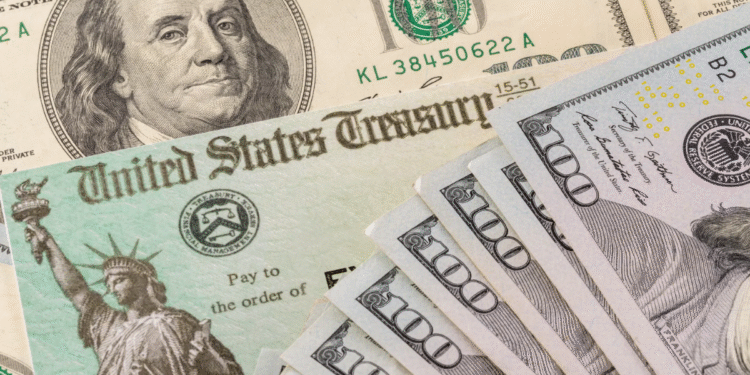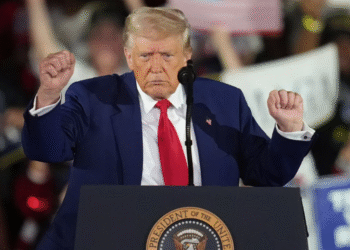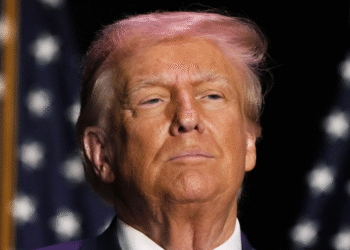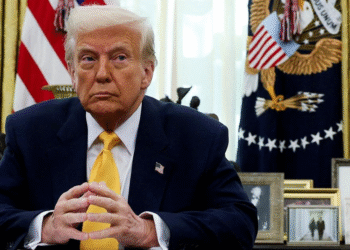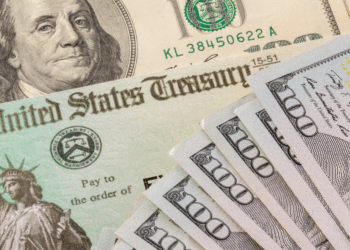A fresh wave of financial support is coming your way this June. The U.S. government has announced a $1,702 stimulus payment for eligible individuals. This one-time payment aims to provide much-needed help to people struggling with rising living costs, grocery bills, and rent.
Let’s break down everything – who will get the payment, when it will be sent, and how you can check your eligibility.
Why the $1,702 Stimulus Payment Is Being Issued
This Article Includes
The government continues to address inflation concerns and economic instability caused by ongoing global events. This payment is part of a broader relief package that also includes tax credits and local assistance programs.
The $1,702 payment is not universal, but it targets specific groups that need financial support the most. These include low-income earners, Social Security recipients, and certain tax filers.
Who Is Eligible for the $1,702 Stimulus Payment?
To receive the payment, you must meet certain criteria set by the IRS or your local state government. Here are some general eligibility conditions:
- You must have filed a 2023 federal tax return by the IRS deadline.
- Your adjusted gross income (AGI) should fall below the required limits:
- Under $75,000 for individuals
- Under $112,500 for heads of household
- Under $150,000 for married couples filing jointly
- You may also qualify if you receive:
- Social Security (SSI/SSDI)
- Veterans benefits (VA)
- Railroad Retirement Benefits
- Or are part of certain state-level low-income programs
If your income exceeds these limits, your payment may be reduced or phased out entirely.
When Will You Receive the $1,702 Payment?
According to official sources, payments will begin rolling out from June 17, 2025, and continue in batches until the end of June 2025.
Here’s a rough payment schedule:
| Group | Estimated Payment Date |
|---|---|
| Direct deposit (filed early) | June 17–20, 2025 |
| Social Security/SSI recipients | June 21–25, 2025 |
| Paper checks via mail | June 24–28, 2025 |
| VA benefits recipients | June 25–30, 2025 |
Note: These dates may vary slightly depending on bank processing times and IRS workload.
How Will You Receive the Payment?
You’ll get the payment through the same method you used on your last tax return:
- Direct Deposit – if you linked your bank account.
- Paper Check – if you didn’t opt for direct deposit.
- EIP Card – in rare cases, the IRS might send an Economic Impact Payment card.
Make sure your bank details and address are up-to-date on the IRS website to avoid delays.
How to Track Your $1,702 Stimulus Check
The IRS has reactivated the “Get My Payment” portal, where you can track your payment status. You can check:
- Whether your payment has been processed
- The estimated deposit date
- Mailing status (for paper checks)
Visit the IRS website and use the Get My Payment Tool to stay updated.
What If You Don’t Receive Your Payment?
If you meet all the requirements but still haven’t received your check by July 2025:
- Double-check your 2023 tax return filing status
- Use the IRS portal to confirm processing
- Contact the IRS directly after July 10, 2025
You may need to file a payment trace request if there’s no update after that.
Final Words: Act Early, Stay Informed
This $1,702 stimulus payment could bring much-needed financial relief. But don’t just wait—check your eligibility, make sure your tax filing is in order, and track your payment as soon as the window opens.
If you’re eligible, this support could help ease your monthly expenses, whether it’s groceries, bills, or rent.
